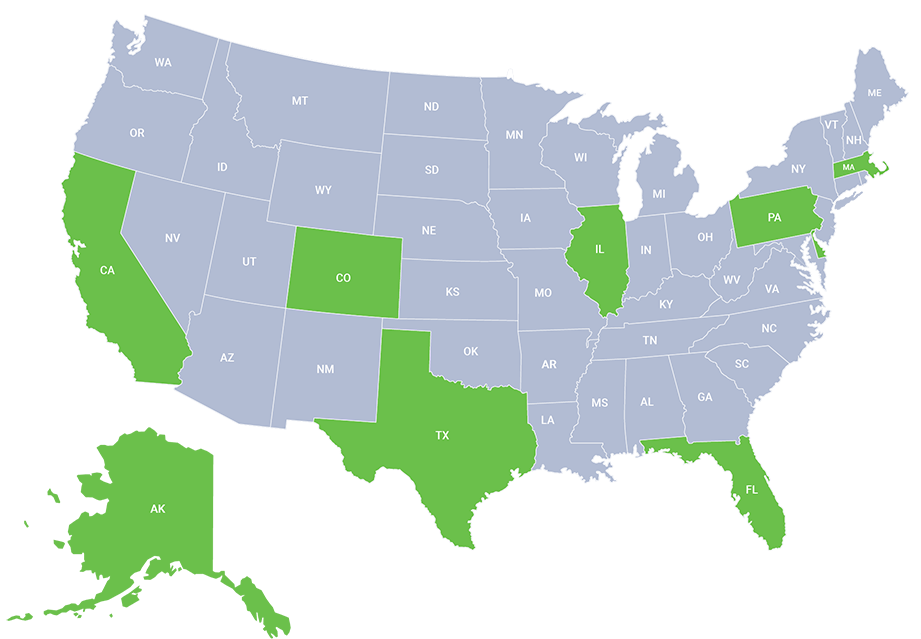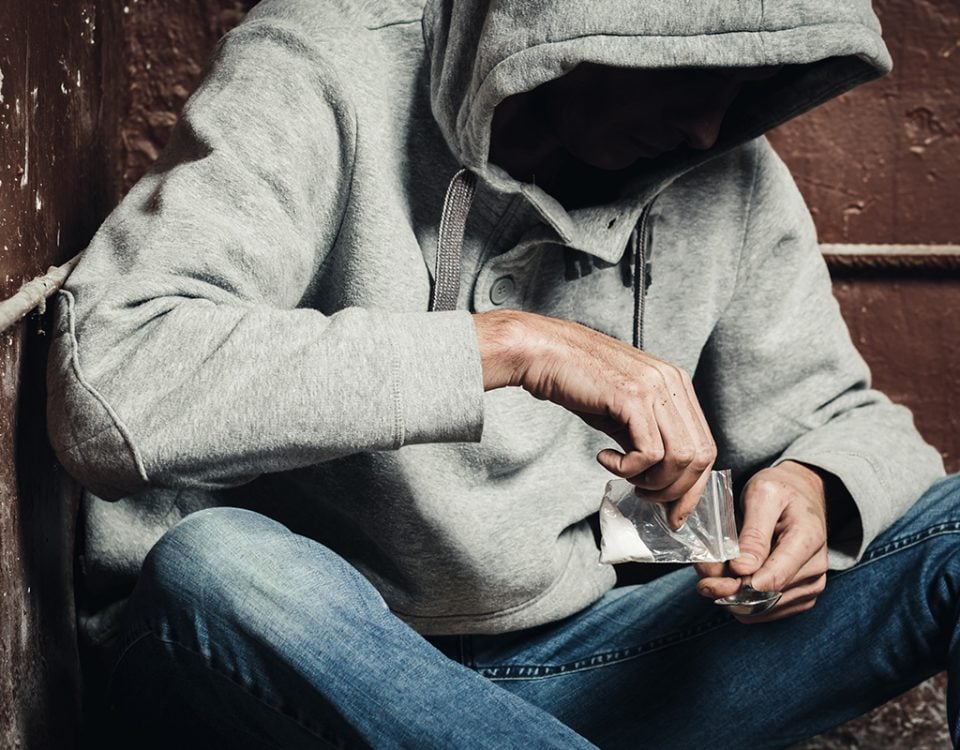Anxiety is one of the most common mental health disorders, but it’s often misunderstood and misjudged. Some of the most common myths about anxiety disorders include that anxiety isn’t a serious disorder, and people who claim to have it are being “dramatic” or exaggerating. This simply isn’t true. Considering that more and more people are opening up about their anxiety and mental health struggles, it’s important to get to the bottom of anxiety myths and facts.
Common Misconceptions About Anxiety Disorders
There are a lot of generalized anxiety disorder myths floating around. Especially now that more people, celebrities and non-celebrities alike, are opening up about their mental health, it’s time to kill these misconceptions once and for all. With that said, below are some common myths about anxiety debunked.
Questions about our Facilities or Programs?
Our admissions coordinators are available 24/7 to answer any questions you may have as you consider whether treatment at Banyan is right for you or your loved one.
Myth #1: Anxiety Isn’t Real
Fact: Anxiety is a very real and legitimate psychiatric condition that requires treatment and sometimes medication.
It’s normal to experience worry, stress, and anxiety from time to time. Whether it’s about work, home life, or finances, worry and anxiety sometimes give us the boost we need to anticipate any problems and hone our problem-solving skills. Because these are normal feelings, in small doses, worry and anxiety can prepare us to be efficient in solving any issues that come our way.
However, when anxiety and worry occur frequently enough to impair a person’s way of life, then it becomes a more serious issue. Anxiety disorders are marked by intense feelings of worry or fear that occur every day for months at a time. Common anxiety symptoms include chest tightness, rapid breathing, fast heart rate, fear of dying or losing control, difficulty sleeping, and more.
People with anxiety disorders that are diagnosable by the Diagnostic and Statistical Manual for Mental Health, fifth edition (DSM-5), must exhibit a certain number of symptoms for a certain length of time. Not only can they be long-term, but anxiety disorders can be extremely debilitating and distressing.
Myth #2: Anxiety Goes Away on Its Own
Fact: Symptoms of anxiety are persistent and long-term, especially without mental health treatment.
If not dealt with properly, anxiety disorders can be chronic. While people with anxiety may come across situations that worsen their symptoms, they might also go through periods where their symptoms subside, and they can return to their day-to-day activities. This may seem as if the person’s anxiety has gone away, but that’s not the case.
Additionally, feelings of anxiety are often linked to underlying personality traits, genetic factors, and even chemical imbalances. For this reason, anxiety treatment often addresses the person’s way of thinking and behaving to reduce the individual’s symptoms.
Anxiety isn’t necessarily curable, but it is treatable. While certain situations can worsen a person’s symptoms, there are plenty of ways to treat anxiety disorders and help people with this diagnosis live happy lives.
Myth #3: Panic Attacks Always Cause Fainting
Fact: Fainting during panic attacks is rare.
Fainting is associated with panic attacks mostly because of how anxiety is portrayed in movies and TV shows. However, panic attacks are different for everyone, and fainting during a panic attack is rare. Panic attacks cause various side effects, including racing heart and difficulty breathing, which, of course, can lead to fainting and other problems.
While it doesn’t happen during every panic attack, some people may faint or vomit, which makes the experience more distressing. In some cases, feelings of panic are heightened by the fear of fainting. However, fainting during a panic attack is an extreme response and rarely occurs. On the other hand, feeling faint, lightheaded, or unwell are not uncommon symptoms of anxiety disorder.
Myth #4: Breathing into a Paper Bag Prevents Hyperventilation
Fact: Breathing into a paper bag doesn’t help to prevent hyperventilation but breathing techniques can help reduce the risk of hyperventilation.
Hyperventilation refers to rapid breathing or shortness of breath, which are symptoms that people with anxiety often experience during panic attacks. A person who’s hyperventilating might feel chest tightness, dizziness, or as if they can’t get enough air. Breathing into a paper bag is a common strategy that people use in movies and shows to cure hyperventilation.
The idea of using a paper bag to reduce hyperventilation has been around for a while and is used to help a person visualize their breathing. By seeing the bag filled with air and empty, the paper bag offers visual proof that they’re breathing and helps them steady themselves. While it does offer a visual, using a paper bag to reduce hyperventilation is more of an element added to movies and shows than an effective cure for panic attacks.
Breathing into a paper bag for hyperventilation can also be more dangerous than helpful because it can reduce oxygen supply, which can worsen symptoms of panic such as shortness of breath. Instead, it’s recommended that people use alternative breathing exercises that can reduce hyperventilation during a panic attack rather than using a paper bag.
Myth #5: Social Anxiety Just Means You’re Shy
Fact: Social anxiety and shyness are not the same things.
One of the most common myths about social anxiety is that social anxiety is just shyness. Of course, this isn’t true. There are multiple differences between being shy vs. having a social anxiety disorder.
For starters, social anxiety is a legitimate anxiety disorder, while shyness is a personality trait that can stem from various factors. Social anxiety disorder, or social phobia, is marked by a persistent fear of social situations or settings or extreme worry about performance in front of other people.
Someone with social anxiety is usually preoccupied with the fear that they'll embarrass themselves or be judged by others during social situations. They’ll often avoid social situations or experience extreme anxiety or panic attacks leading up to the event.
Although shy people are more likely to experience social anxiety, they’re not the same thing. Shy people may feel slightly uncomfortable in social settings, but not to the point where they’ll experience anxiety or panic.
A major difference between shyness and social anxiety disorder is the distress experienced by the individual. While shy people are not an overly upsetting quality, social anxiety can be debilitating to the point where the person isolates themselves from others.
Myth #6: If It’s Not Noticeable, It’s Not Real
Fact: Not all anxiety disorders are noticeable.
While there are many reasons to think that anxiety is an obvious disorder, media, movies, and TV shows are largely responsible for portraying anxiety inaccurately. Anxiety disorders and panic attacks are often portrayed in an exaggerated light in specific situations that would cause anyone to feel worried or anxious. However, anxiety is not always noticeable to others.
It can often be difficult to detect anxiety in someone. A person who seems to be the happiest in the room might struggle with anxiety under the surface. This isn’t because they’re not struggling but rather because they might feel embarrassed or ashamed of their symptoms, or they might use other excuses or coping mechanisms to distract themselves from their symptoms.
The individual may also have a situational anxiety disorder, in which they may only experience symptoms when presented with a particular situation. Some people may feel anxious about others noticing their symptoms, enough to where they may work to hide them. Given the prevalence of anxiety disorders, it’s likely that most people aren’t aware that they know someone with anxiety.
Getting into treatment is easy with our free insurance verification
"*" indicates required fields
Need Anxiety Treatment?
Anxiety is a serious and diagnosable psychiatric disorder that can happen to anyone. It’s a prevalent condition in the U.S. that is best treated with the guidance and care of professionals. If you or someone you know is struggling with an anxiety disorder, our Florida mental health rehab can help.
We offer anxiety disorder treatment on a residential level to help clients overcome their symptoms and learn how to manage them properly. While we help clients and their loved ones develop a strong system for at-home living, we equip our clients to understand their disorders and establish an independent form of self-management.
For more information about our Boca Raton anxiety treatment or other levels of mental health treatment, call Banyan Treatment Centers today at 888-280-4763.
Related Reading:









